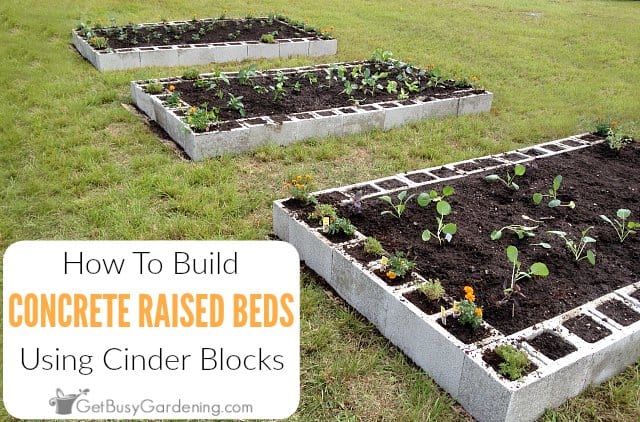Introduction
Building a raised garden bed on concrete is an excellent solution for urban gardeners and those with limited green space. Whether you live in an apartment with a balcony or have a driveway or patio, raised beds enable soil gardening without the need for a traditional garden plot. This article explores the best ways to construct a raised garden bed on concrete, addressing common challenges like drainage, soil retention, and material selection.
Understanding how to properly build and maintain a raised garden bed on concrete can ensure healthy plant growth and maximize your gardening success. We will cover practical tips, expert recommendations, and essential considerations for durability, drainage, and soil management.
Why Choose a Raised Garden Bed on Concrete?
Raised garden beds are popular for their ease of access, better soil control, and pest management. When placed on concrete, they allow gardening in areas otherwise unsuitable for traditional planting. Key benefits include:
- Space Optimization: Utilize patios, balconies, and driveways efficiently.
- Soil Quality Control: Fill beds with nutrient-rich soil tailored to your plants.
- Weed and Pest Reduction: Minimize weed intrusion and certain pests common in ground soil.
However, building on concrete demands special attention to drainage and bed construction to prevent waterlogging and structural issues.
Choosing the Right Materials for Raised Garden Beds on Concrete
Wood Options
Wood is a popular choice due to its natural look and ease of customization. Cedar and redwood are naturally rot-resistant and last longer, making them ideal for raised beds. Avoid treated wood with harmful chemicals, especially if growing edibles.
Alternative Materials
- Metal: Galvanized steel or corrugated metal beds are durable and modern but can heat up quickly in the sun.
- Concrete Blocks or Bricks: Provide sturdy, long-lasting beds but may require sealing to prevent soil contamination.
- Plastic or Composite: Lightweight and resistant to rot but less breathable.
Choose materials based on your budget, aesthetic preference, and environmental considerations.
Ensuring Proper Drainage and Soil Health
Importance of Drainage
Concrete surfaces do not absorb water, so drainage is critical to avoid water pooling and root rot. To ensure proper drainage:
- Drill or create drainage holes at the bottom of the raised bed.
- Add a layer of gravel or small stones beneath the soil to facilitate water flow.
- Use a high-quality, well-draining soil mix designed for raised beds.
Soil Selection and Maintenance
Use a blend of compost, peat moss, and vermiculite or perlite to maintain moisture and aeration. Regularly monitor soil moisture levels and amend soil with organic matter to maintain fertility.
Step-by-Step Guide to Building a Raised Garden Bed on Concrete
- Measure and Plan: Determine the size and height of your bed, considering plant requirements and ease of access.
- Prepare Materials: Gather lumber, screws, a drill, a level, and soil components.
- Construct the Frame: Assemble the bed frame ensuring corners are square and secure.
- Add a Weed Barrier: Lay landscape fabric or cardboard inside the bed to prevent weeds.
- Create Drainage: Drill holes in the bottom if your material allows.
- Add Drainage Layer: Place gravel or small rocks at the base.
- Fill with Soil: Add your prepared soil mix and level it.
- Plant and Water: Choose appropriate plants and water thoroughly.
This method ensures a sturdy, functional raised garden bed suitable for concrete surfaces.
Tips for Maintaining Raised Garden Beds on Concrete
- Watering: Raised beds on concrete may dry faster; water consistently but avoid overwatering.
- Protect Wood: Apply non-toxic sealants or liners to protect wood from moisture damage.
- Seasonal Care: Remove dead plants and refresh soil annually to maintain soil health.
- Pest Management: Monitor for pests and use organic deterrents to keep plants healthy.
Conclusion
Building a raised garden bed on concrete unlocks gardening opportunities in urban and small-space environments. Selecting the right materials, ensuring adequate drainage, and using quality soil are critical for success. With proper construction and maintenance, raised beds on concrete can provide a thriving garden with minimal space.
Start your raised garden project today to enjoy fresh produce and vibrant plants even without traditional garden soil. Raised beds on concrete are not only practical but also enhance your outdoor living space with greenery and life.
